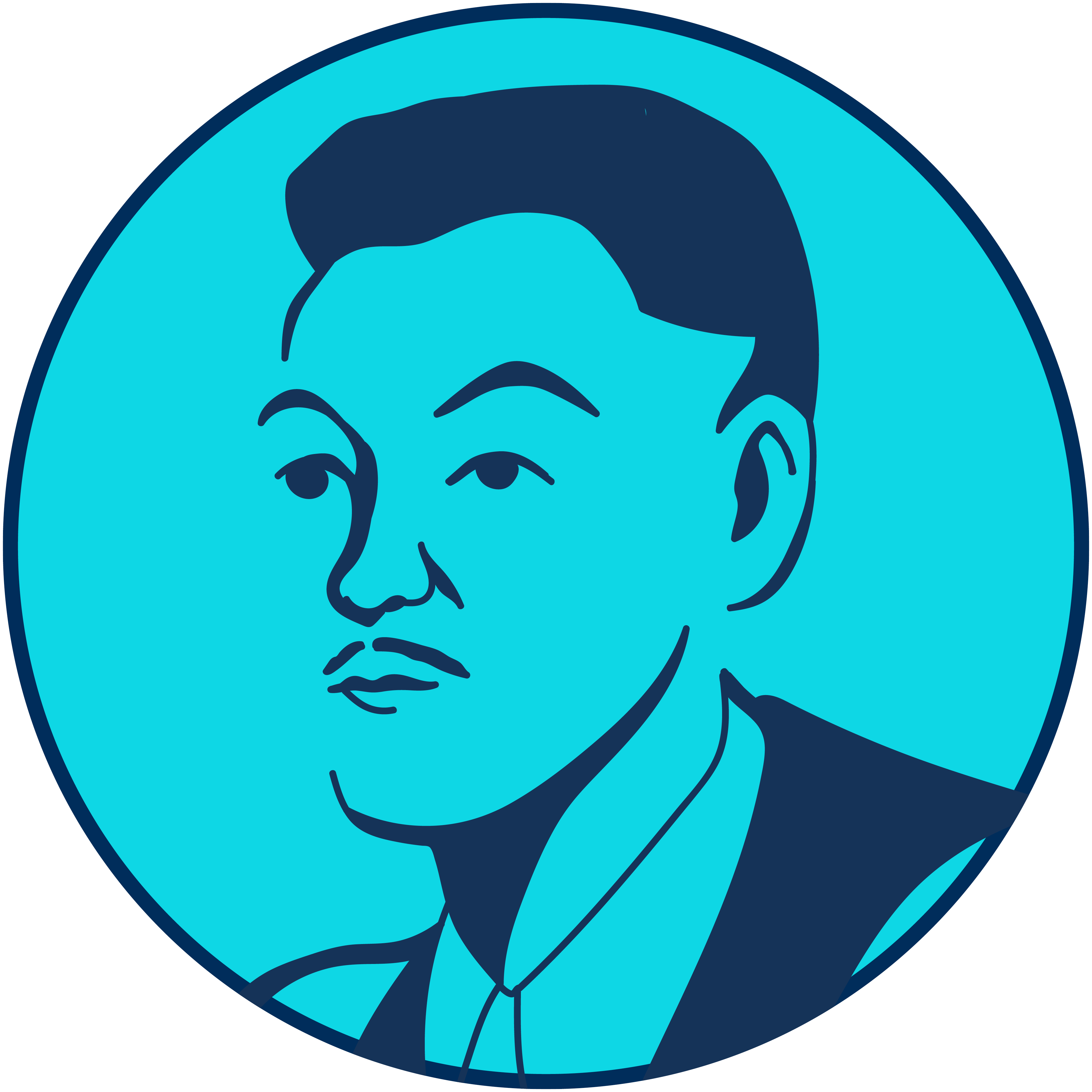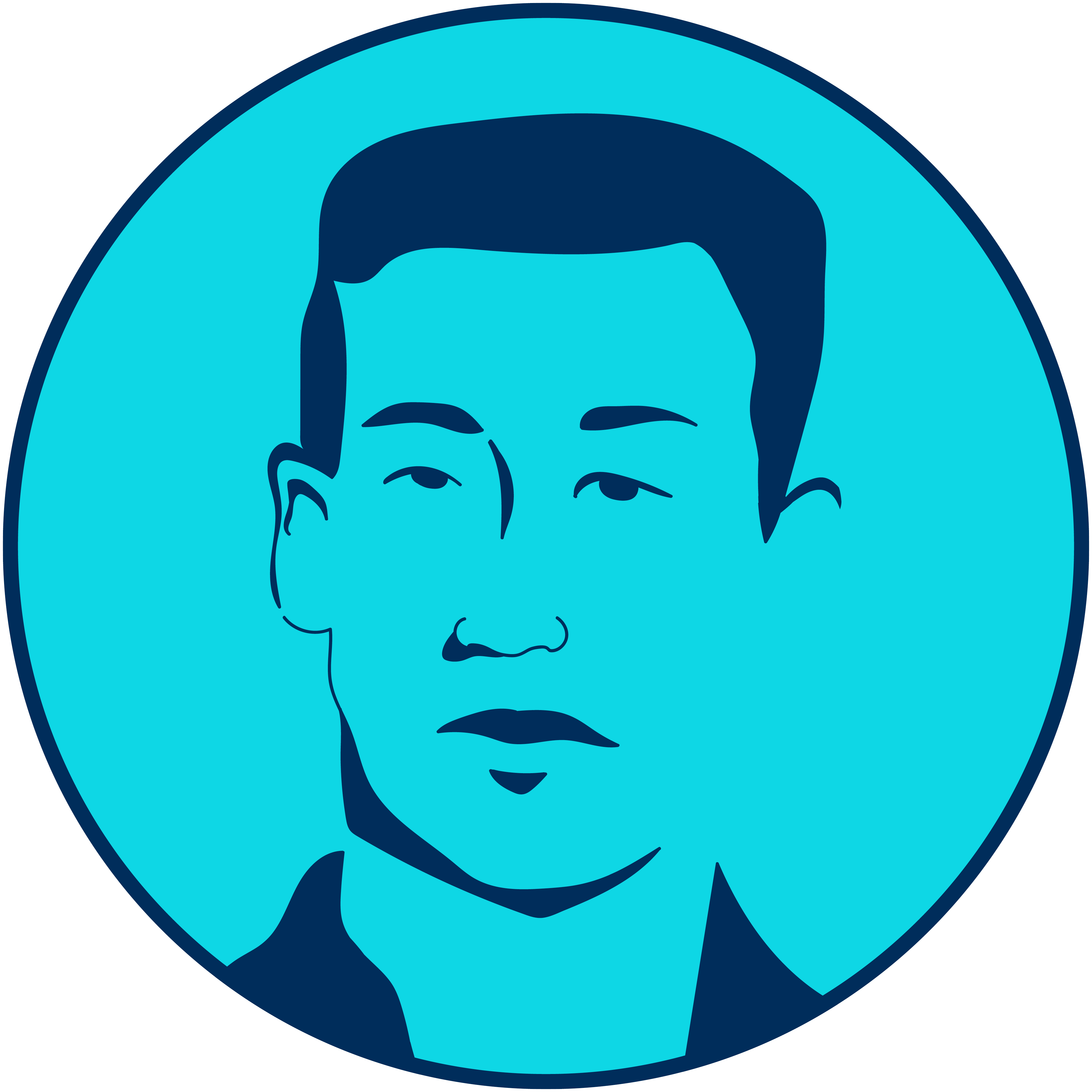Asian American, Native Hawaiian and Pacific Islander Heritage Month
May




In May, the U.S. celebrates Asian American, Native Hawaiian and Pacific Islander Heritage Month. May was chosen as the timeframe for this recognition for two reasons: On May 7, 1843, the first Japanese immigrant, Nakahama Manjiro, arrived on U.S. shores. And on May 10, 1869, the first transcontinental railroad was completed, a project which relied on Chinese labor. This points us to a basic truth: The groups we honor this month are diverse, coming from many different countries, cultures, histories and traditions. We invite you to join us in learning more and celebrating the vast and varied contributions Asian, Native Hawaiian and Pacific Islander individuals have made to American history, culture, industry and innovation. And throughout the year, we celebrate our team members who claim this proud heritage.

Andrew Wong
1924 - 2016
Soldier, Engineer and Community Leader
The desire to serve–his country, his town and his Chinese American community–was a driving force throughout Andrew Wong’s life. As a teenager, he joined the U.S. Army to fight in World War II, working as a radio technician. He later received an electrical engineering degree, knowledge he put to good use during his career with RCA and AT&T.
His community leadership was wide ranging. He served on many regional and national boards to support the elderly, veterans and Chinese Americans, as well as social justice issues. As president of Beverly Hills, he was the first Asian American to serve as the head of a city in southeastern Michigan.
Learn more about Andrew Wong

Bruce Lee
1940 - 1973
Actor, Director, Martial Artist, Martial Arts Instructor and Philosopher
Bruce Lee (Lee Jun Fon) was born in 1940 in San Francisco, California. He was raised in Hong Kong and then moved back to the U.S. at age 18 and started developing his own martial art: Jeet Kune Do.
He was often credited with changing the way Asian people were presented in American films. In 1966, Lee was cast as a lead actor for the “Green Hornet” TV series. He also starred in several films, including “Fists of Fury.” Following his untimely death at age 32, his film “Enter the Dragon” became a box-office hit, grossing more than $200 million.
Learn more about Bruce Lee

Chien-Shiung Wu, PhD
1912 - 1997
The First Lady of Physics
Known as “The First Lady of Physics,” Chien-Shiung Wu was a trailblazer in her field as well as for other women in science. In 1944, she joined the Manhattan Project to help the U.S. develop the atomic bomb during World War II.
She spent the remainder of her long career at Columbia University, where her significant work contributed to the understanding of nuclear particles. Born in a small village in China at a time when education was not typically available to girls, she rose to be a leader in physics and a powerful advocate for the education of girls in STEM fields.
Learn more about Chien-Shiung Wu, PhD

Fred Korematsu
1919 - 2005
American Civil Rights Activist
Fred Toyosaburo Korematsu was a civil rights activist who resisted the imprisonment of Japanese Americans during World War II. Shortly after the attack on Pearl Harbor, President Roosevelt issued Executive Order 9066 authorizing removal of individuals of Japanese ancestry. Korematsu defied the order, was arrested and waited more than 40 years for a federal court to overturn the judgment against him.
Korematsu lobbied to pass the Civil Liberties Act of 1988, which gave a public apology and compensation to Japanese Americans who were incarcerated. In 1998, Korematsu was awarded the Presidential Medal of Freedom. His birthday (Jan. 30) is now Fred Korematsu Day in California.
Learn more about Fred Korematsu

Kalpana Chawla, PhD
1962 - 2003
Astronaut
An engineer, pilot and NASA astronaut, Kalpana Chawla was the first South Asian American woman to participate in a space flight. While at NASA, her research centered on aerodynamic optimization.
In 2003, she was a crew member of the space shuttle Columbia during a 16-day flight that traveled 6.5 million miles and included 252 orbits of the Earth. Tragically, Chawla and the rest of the crew died when the Columbia broke apart during reentry. She received many posthumous awards and recognitions, including the Congressional Space Medal of Honor.
Learn more about Kalpana Chawla, PhD

Margaret Jessie Chung, MD
1889 - 1959
First American-Born Chinese Female Physician
Dr. Margaret Jessie Chung graduated from the University of Southern California Medical School as the first American-born Chinese woman doctor. The only woman in her class, she went by the name “Mike” and wore masculine clothing. She became a surgeon and later helped establish the first Western hospital in San Francisco’s Chinatown.
While serving as a front-line surgeon during World War II, she accepted a secret assignment to recruit fighter pilots for the war. The assignment led to her helping establish a branch of the U.S. Navy in which women could enlist. Ironically, she was rejected from joining it, likely due to her race and suspicions of her being gay.
Learn more about Margaret Jessie Chung, MD

Mary Teresa Bojaxhiu (Mother Teresa)
1910 - 1997
Founder of the Missionaries of Charity Sisters
At age 18, Mary Teresa Bojaxhiu, known as “Mother Teresa,” joined an Irish community of nuns with missions in India and dedicated her life to helping others. She founded the Missionaries of Charity Sisters in 1950, dedicated to serving the poorest of the poor. The Sisters has grown to include nearly 4,000 people in more than 120 countries and has established nearly 610 foundations.
Mother Teresa’s work has been recognized with numerous awards and distinctions, including the Nobel Prize, the Pope John XXIII Peace Prize and the Nehru Prize, for her promotion of international peace and understanding. On Sept. 4, 2016, she was canonized as Saint Teresa of Calcutta.
Learn more about Mary Teresa Bojaxhiu (Mother Teresa)

Masao James Hirata
1887 - Unknown
Tool and Die Worker Immortalized in Diego Rivera Mural
Masao James Hirata is the only Japanese American depicted in Diego Rivera’s 1932 Detroit Industry murals at the Detroit Institute of Art. Hirata moved to Detroit before World War II and joined Ford Motor Company as a tool and die worker.
He played a crucial role in the development of the B-24 bomber at Ford’s Willow Run Plant. Following the attack on Pearl Harbor, the U.S. government was hesitant to trust a Japanese immigrant at the plant, but Edsel Ford insisted. As a result, FBI agents escorted him in and out of the building and drove him home every night.
Learn more about Masao James Hirata

Tadae (James) Shimoura
1885 - 1979
Automotive Pioneer and Entrepreneur
Tadae (James) Shimoura was one of the earliest Japanese immigrants to work in Detroit’s auto industry. Arriving in the early 1910s, he found his way to the city and knocked on Henry Ford’s door to ask for a job. It was the beginning of a more than 20-year career as a chemist at Ford Motor Co, where he helped other Japanese immigrants enter the industry.
He later founded a wholesale grocery supply and catering business that he ran until his retirement. He was honored by the Japanese government for his contributions to strengthening the relationship between Japan and the U.S.

